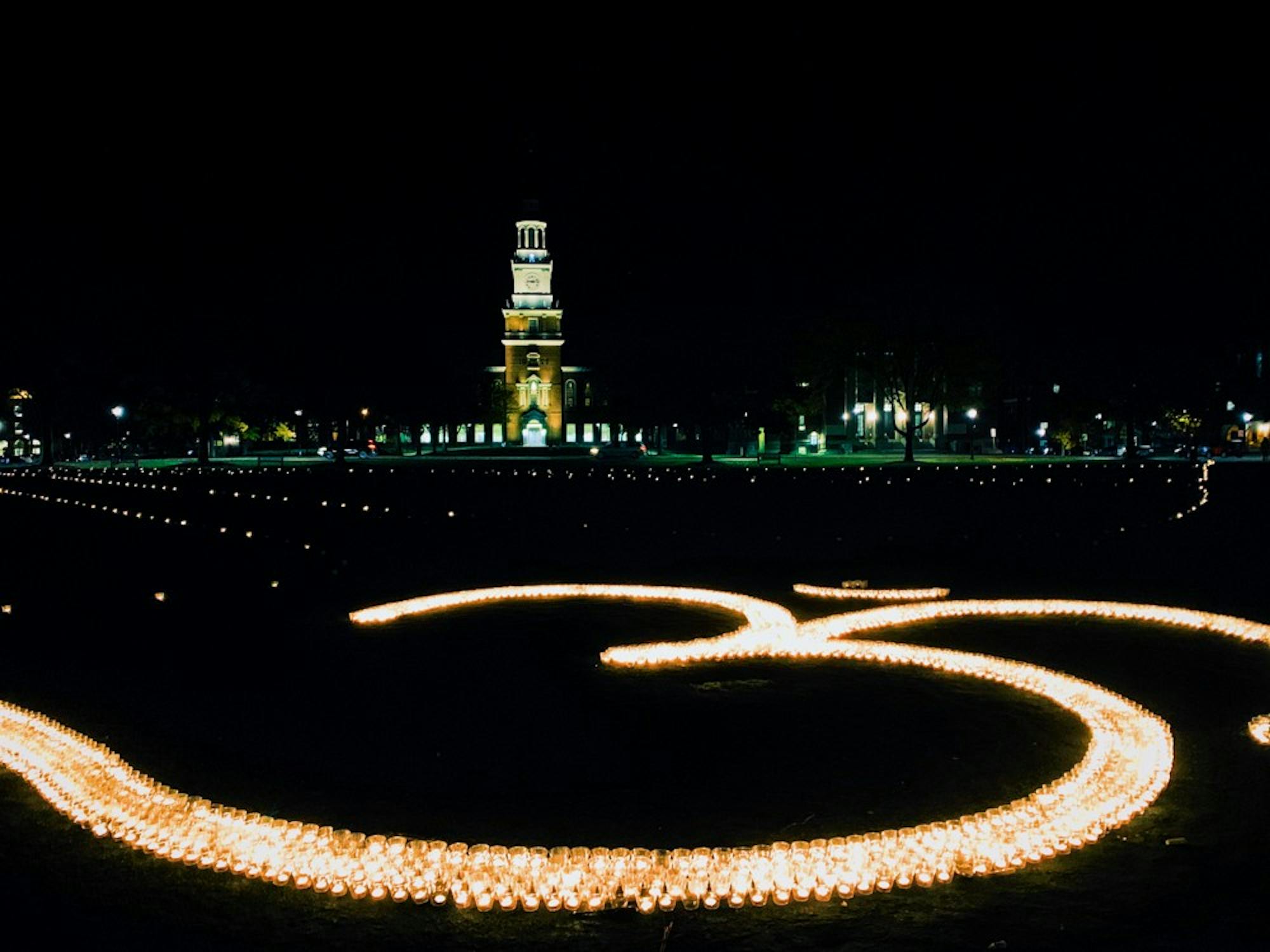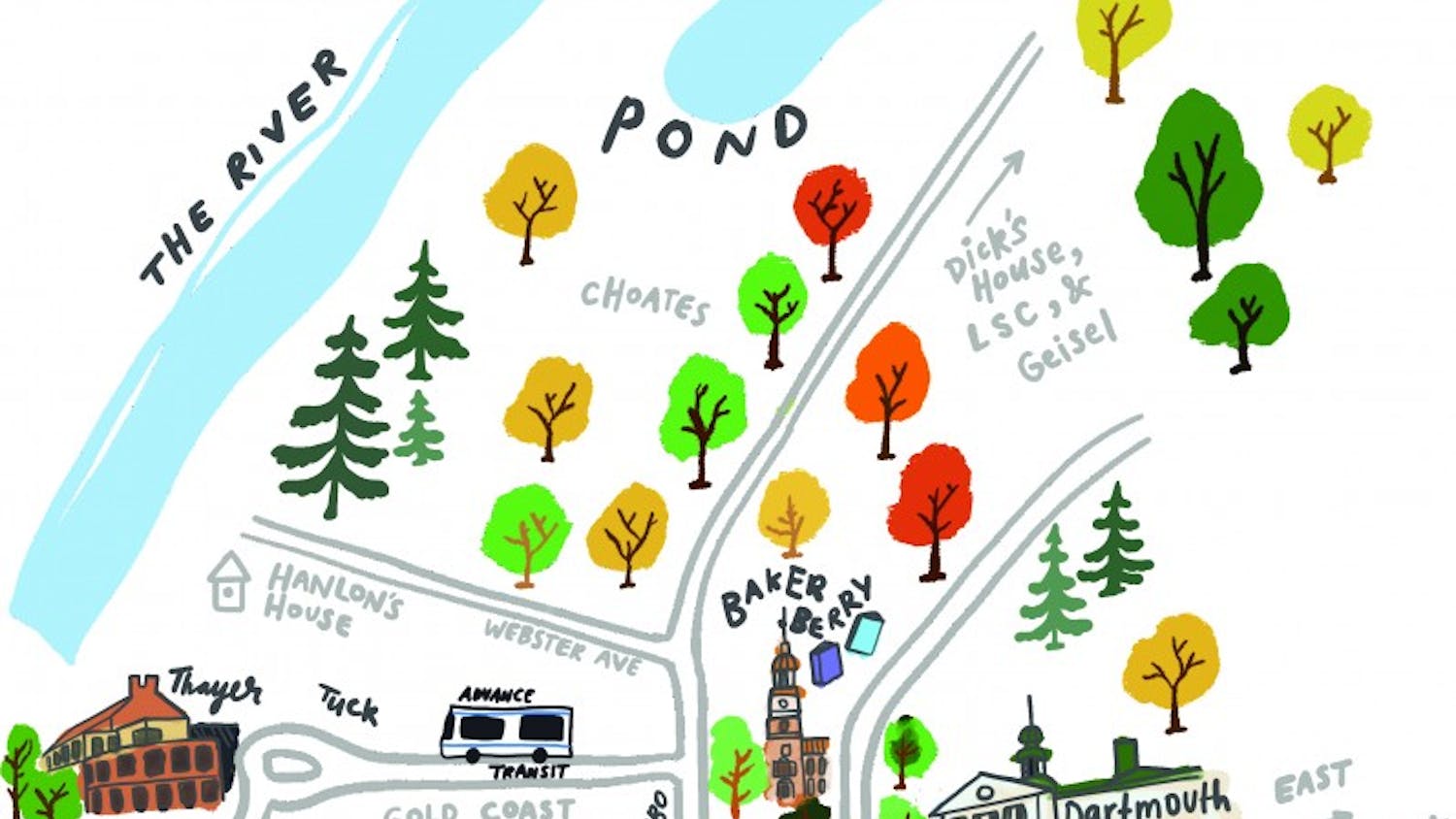Last Saturday, students, faculty and residents of the Upper Valley gathered to celebrate Diwali, the Hindu festival of lights.
Diwali is one of the most important festivals of the Hindu faith. The word Diwali comes from the Sanskrit word Deepawali, which can be translated to “row of lamps.” It marks the beginning of the new year and symbolizes the victory of good over evil, light over darkness and knowledge over ignorance, according to computer science department chair and faculty advisor to Shanti, the student Hindu organization, Prasad Jayanti, who has been organizing Diwali events since 2001.
The central concept in Hindu tradition is the idea that the inner self, known as Bhrahmananda, is composed of unsurpassable joy. However, this self can be shielded by a layer of darkness and corruption, Jayanti said. The lighting of the diya, an oil lamp, symbolizes the igniting of one’s own light of knowledge, Jayanti explained, dispelling one’s ignorance and making accessible one’s own divinity in order to reach Bhrahmananda.
The Diwali festivities were organized by the Shanti organization, which represents the Hindu faith at the Tucker Center for Spiritual and Ethical Life. The events included a Hindu puja, or prayer, at 4 p.m., the lighting of diyas on the Green at 5:30 p.m., a cultural show at 6:45 p.m. and a dinner at the Hopkins Center.
The puja occurred in Rollins Chapel, where over 200 individuals gathered to pray and worship the goddess Lakshmi, the goddess of prosperity.
“Within Hinduism, the murthy [a statue representing a god or goddess] is a visual representation of divinity that allows you to think about and kindle the spirit of divinity within you,” Jayanti said.
The Shanti organization decorated the Green with rows of an estimated 6,000 regular candles, 600 electric candles and 100 oil lamps lining the pathways and making an Om sign in the center. The Om symbol itself took approximately 3,500 candles to make, according to Jayanti.
At least 500 students and community members came to the Green to light candles and sparklers while enjoying each other’s company.
“It was exciting seeing people from all over together in one place,” said Shanti board member Suraj Srivats ’22. “You feel like you’re a part of something bigger.”
Anjali Dugar ’20 said that since she hadn’t been home for Diwali for almost a decade, it felt “special” to have a taste of home.
“It’s also nice to have such a high-visibility event so people who aren’t Indian or don’t typically celebrate Diwali could celebrate with us too,” Dugar said.
After the gathering on the Green, attendees filed into Alumni Hall for the cultural performance, filling all 300 seats with another hundred attendees standing in the back. Attendees chatted while various groups of students and community members performed.
“There were so many people that came together,” said Mrinal Singh ’21, board member of Shanti. “Everyone was just laughing and talking.”
The performances included Dartmouth’s South Asian dance troupe Raaz as well as traditional Carnatic vocal, mridangam percussion and dance practices such as Bharatanatyam and Kuchipudi.
Finally, hundreds of students and community members enjoyed home-cooked dinners at the Hopkins Center that had been provided by over 30 local families. An additional 1,000 candles were used to decorate the dining area.



